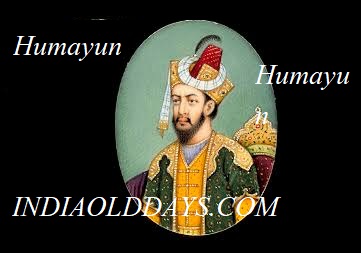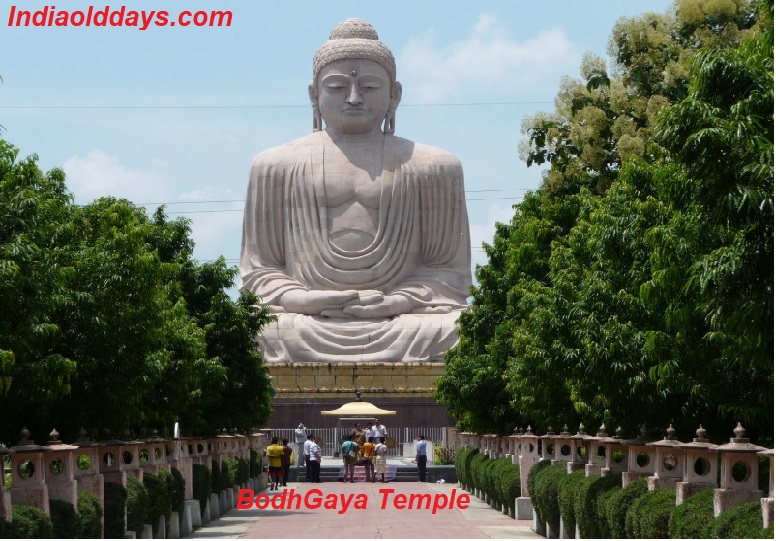History of Mughal ruler Humayun

Humayun (1530-1556A.D.)
Humayun was the eldest among Babar’s four sons (Humayun, Kamran, Asrari and Hindal). After 4 days of Babar’s death, Humayun sat on the throne of India on December 30, 1530 at the age of 23. Humayun was the only ruler in the Mughal rulers, who divided the empire into his brothers. Who made a lot of reason for his failure. According to the order of his father, Humayun gave Kaban and Kandhar, Ashari and Kamal, as the order of his father, and gave him the fort of Alwar. Apart from this, his cousin Sulaiman Mirza gave Badakhshan’s estate.
Humayun actually had difficulties inherited from his father, which was further enhanced by his brothers and related energetics. Initially, Babar’s Chief Minister Nizamuddin Ali Khalifa wanted Humayun to be disqualified and he wanted to put Babar’s brother-in-law, Mehdi Khwaja on the throne. But after considering his life in danger, he supported Humayun.
Fighting with Afghans
The biggest difficulty of Humayun was his Afghan enemies, who were constantly trying to expel the Mughals out of India. Humayun’s contemporary Afghan leader was Sherkha, which became famous in the name of Sher Shah Suri in history. Humayun’s Kalinjar invasion was originally an attempt to curb the growing power of Bahadur Shah. In the reign of Humayun, his first encounter with the Afghans was in 1532 AD. There was a place named in Dahariya. Afghans were led by Mahmoud Lodi. But the defeat of the Afghans 1532 AD When Humayun first covered the circle of Chunar. At that time, this fort was under Afghan hero Sherkhaan.
Sherkhan accepted the submission of Humayun and sent an Afghan soldier in the service of the Mughals with his boy Qutb Khan. 1532 AD In Bahadur Shah won the important fort of Raisin and in 1533 AD Constrained Mewanr to make a treaty.
Bahadur Shah had prepared a good artillery with the help of Turkish famous gunman Rumi Khan. Humayun attacked Bahadur Shah in 1535-36 AD. Bahadur Shaha was defeated. Humayun won the forts of Mandvi and Champaner.
1534 AD In Surasgarh fort of Sher Shah and in 1536 AD By conquering Bengal again, taking 13 lakh dinars from the ruler of Bengal, Shakir’s power and respect increased greatly. As a result,As a result, Humayun of Chunargarh in 1538 AD to suppress the Sherkhan. The fort was surrounded and took over the fort.
15th August 1538 AD When Humayun reached Gong,he saw heaps of dead bodies and energy. there Humayun named this place Jannatabad. On returning from Bengal, between Humayun and Sherkha, a place called Chausa near Buxar was fought on 29 June 1539, in which Humayun was badly defeated.
Humayun jumped into the Ganges river along with his horse and saved his life with the help of a bhisti. In exchange for this favor, Humayun made Bhishti a day’s emperor. In the moment of this victory, Sher Khan took the title of Sher Shah. And ordered the name of Khutbah to be read and the coin slipped.
17 May 1540 AD Humayun was defeated in the Battle of Kannauj (Bilgram) in this war. It was a very decisive battle.
After the battle of Kannauj, the power of Hindustan once again came into the hands of the Afghans. In the course of his exile, Humayun met Hamidaban Begum, daughter of the spiritual guru of the Hindu Mir Ali, on 29 August 1541 AD. Later married Akbar was born in this.
Humayun’s Re-State Recovery-
1545 AD Humayun took control over Kabul and Kandahar. To retake Hindustan, Humayun reached Peshawar on 4 December 1554 AD. In February 1555 AD, Lahore took control. On 15 May 1555 AD, there was a war between the Mughals and the Afghans at a place called Sirhind. In this war, Bairam Khan led by the Afghan army was led by Sikandar Sur and the Mughal army. Afghans are badly defeated. The victory of the Mughals in the war of Sirhind gave them once again the throne of India once again.
Thus, July 23, 1555 AD Humayun once again sat on the Takht of Delhi. But he could not live for many days. Unfortunately, one day when he was coming down the stairs of the library located in the Deenpanah building in Delhi, he fell and died. And thus, in January 1556 AD. In this world it is departed.
Lenpul commented on Humayun and said – “Humayun struggled for a long time and gave up his life.”
Humayun believed in astrology more. So he wore seven colors cloths for seven days a week. He used to wear yellow on Sunday, black on Saturdays and white clothes on Monday. Humayun was very fond of opium. Humayun was the only ruler in Mughal emperors who divided the empire into his brothers.
Humayun has been addressed by Abul Fazl as Insan-e-Kamil. Bairam Khanna was qualified and meritorious, who had helped in obtaining rehabilitation and rejuvenation.
About Humayun, Lennon wrote that “Humayun was freed from this life of slipping, just like the way he was walking down the road.”
Reference : https://www.indiaolddays.com/




